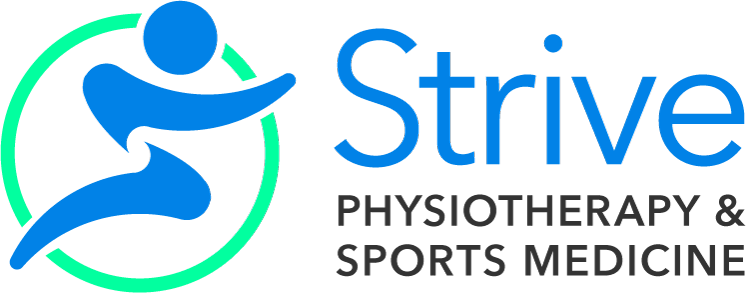What Is Iliotibial Band Syndrome (IT Band Syndrome)?
Iliotibial band syndrome (ITBS) is pain at the outside of the knee due to rubbing of the end of the Iliotibial (IT) band over the lateral femoral condyle of the knee.
What Causes IT Band Syndrome? What Are Common Symptoms Of IT Band Syndrome?
IT Band Syndrome is a result of an imbalance in the muscles of the leg that causes the IT band to rub against the underlying bone, resulting in inflammation and pain. Someone presenting with IT Band Syndrome will often have some combination of weakness in the muscles of the hip and/or foot, along with tightness through the hip and thigh. Sometimes however, it is less about weakness and more about how well we active or fire (or don’t active or fire) the muscles during an activity that can cause our knee pain.
Common symptoms of IT Band Syndrome include:
- Pain at the outside of the knee
- Pain during walking or running when knee is bent at ~30⁰
- Pain to compress the IT band against the femur
How Can Physiotherapy Help My IT Band Syndrome?
Physiotherapy can help treat your ITBS by first identifying the specific muscles that are contributing to YOUR symptoms and tailoring your treatment accordingly. Your Strive Physiotherapist will then employ a variety of hands on skills such as massage, passive stretches, and even mobilizations to the knee cap in order to decrease the tightness in relevant muscles and improve your pain.
You will be given a tailored exercise program aimed at strengthening the appropriate muscles and ensuring the correct muscles are firing throughout movements (such as a squatting, stair climbing or running). You may also receive treatments such as taping to offload the IT band, cupping, and/or Acupuncture and Dry Needling. If your pain is due to a running injury, a gait and running analysis can be done and advice given on technique, training errors and footwear can be provided.
How Can Massage Therapy Help My IT Band Syndrome?
Massage therapy can also be used to treat the tightness in the muscles of the hip, lower back and thigh that are contributing to your symptoms. Your Strive Massage Therapist is skilled at muscle and fascial release techniques that are beneficial in reducing tone in the muscles contributing to your knee pain. They can also address any painful and tight muscles that develop from compensating for your painful knee.
How Can Sports Medicine/Physiatry Help IT Band Syndrome?
In some cases, your Physiotherapist or Massage Therapist may recommend that you see a Sports Medicine Physician for your knee pain. Your Strive Physiatrist and Sports Medicine Physicians is an important member of your rehabilitation team as they can order images for your knee (eg. xray, MRI, ultrasound) to determine if there is something else underlying your knee pain such as osteoarthritis or injury to your meniscus. They can also perform various specialized injections such as cortisone and provide medications both oral and topical.
How Long Does It Take To For Me To Recover From My IT Band Syndrome?
Timelines for recovery from IT Band Syndrome can vary, and often depend on how long you had symptoms before seeking treatment and how irritable (easily bothered) your pain is. Generally, someone with newer symptoms can recover in 6-8 weeks but someone who has been dealing with their knee pain for a while may take closer to 3-4 months. So the sooner you start, the better
What Are The Best Exercises To Help With My ITBS?
To get started with some exercises to help you recover from your IT Band Syndrome, check out the IT Band Syndrome Home Exercise Program Please keep in mind that these exercises were designed as a place to start to address your symptoms. These exercises should not be performed or continued if they cause or increase your pain in any way. Using these exercises for self-management of your symptoms does not replace the value of being assessed by a Health Professional. If you find you need help, let a Strive Health Professional help you, book your time today!
What Can I Do To Treat My IT Band Syndrome At Home?
Avoid doing the things that aggravate your symptoms.
- If you notice that every time you go for a run or long walk your pain is bad after, you may need to rest from running or go on shorter walks for a bit in order to build up the strength in the appropriate muscles prior to returning to your activity.
Muscle release to the IT band and thigh muscles
- This can include rolling the muscles out with a foam roller or massage stick
For runners, modify activities to keep up your cardiovascular endurance during your rehabilitation period. This could mean replacing your running with biking (as long as it is pain-free) so that when your knee is ready to return to training so is the rest of your body!
Written in 2020 by Kiah Brubacher-Cressman, Registered Physiotherapist

Stefanos Goulas
HBScKin, MScPT
Registered Physiotherapist
Growing up playing football, rugby and lacrosse, Stefanos received extensive coaching in strength training, Olympic lifting and sprinting. His personal and clinical experience in these areas has instilled a deep understanding of the biomechanical and technical demands necessary for peak athletic performance. Stefanos believes that successful rehabilitation goes beyond simply treating an injury; it requires an understanding the whole person, their lifestyle and their goals. He integrates exercise prescription, manual therapy and education to create individualize treatment plans tailored to each patients’ unique needs. Whether he is working with athletes or members of the community, Stefanos is committed to helping his patients meet their goals and return to the activities they enjoy with confidence. Originally from British Columbia, Stefanos relocated to Ontario to pursue post-secondary education, earning an Honors Bachelor of Science in Kinesiology from McMaster University and a Masters in Science in Physical Therapy from the University of Toronto.


